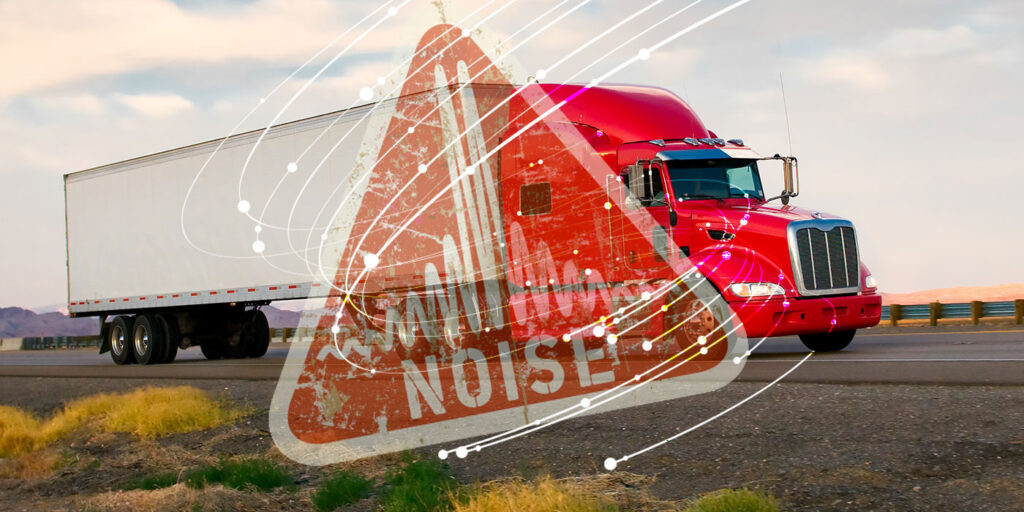We’ve all seen television shows or movies where the characters are carrying on a conversation in a moving vehicle. There is something typically missing from such scenes, namely noise. But we don’t even notice as our attention is on the characters and what is being said.
Nevertheless, in real life quite a lot of noise exists inside even the most insulated cabins. Think about trying to have a private conversation in an airliner—you have to raise your voice to be heard. Inside a truck on the highway, the wind and road noise may seem loud at first, but we tend to quickly grow accustomed. As time and miles pass, the ear begins to tune out the noise and rumbles to the point they become familiar background ambiance.
Consequently, even the slightest changes in the “regular” noise entering the cabin will most likely be noticed by the driver and any other frequent passengers. You might raise an eyebrow here if you’ve known someone who could drag chains down the road like Marley’s ghost and be completely oblivious to the racket. But it is much more likely that the operator will notice unusual road noises and make note of them for maintenance.
It’s more difficult for the service technician, who is confronted with numerous challenges when diagnosing wind noise. There are, however, some strategies that will go a long way in helping techs understand why noises happen and how to identify their causes.
First, since they are not as familiar with the vehicle as the regular operator, it is often very difficult for a technician to differentiate normal noise from some new sound. To help overcome that difficulty, technicians should ask questions about when and where a noise is noticed, along with the type of sound heard and its decibel level. Having this information will help the technician to pinpoint the noise. And this goes a long way toward understanding whether it is normal or abnormal, as well as the cause (even normal noises have a cause).
The second challenge is that noises can originate inside the cab because of what is happening outside the cab. For instance, a whistle could originate from the outside as air passes over a mirror or other exterior component. Or, a whistle may originate from the cab interior through cracks or other holes.
As the truck moves down the road, there are areas in the wind flow that create a lower air pressure outside the cab than the pressure inside the cab. When that happens, the air from inside the cab is sucked (pushed) out through the opening. If this opening happens to have the distinct proportions needed to emit a whistle, then when the pressure elements, regulated by vehicle speed, reach that magic point the “band begins to play.”
Noise inside a moving vehicle is quite normal. The technician, when confronted with noise complaints, must determine if the noise is out of the ordinary and what is causing the noise. Truck service information like TruckSeries from Mitchell 1 will provide a better understanding about the vehicle construction and will offer insight about potential problem areas.
As with any diagnosis, asking the driver questions about the problem makes the concern that much easier to identify and, when possible, resolve. One never knows without asking if the unusual sound only came to light after Wagner’s “Ride of the Valkyries” at full tilt concluded on the sound system. Ask questions!
Additional tips for repair and maintenance of Class 4-8 trucks may be found in the Mitchell 1 ShopConnection Truck blog.













